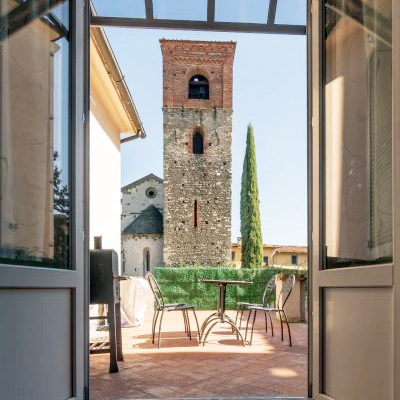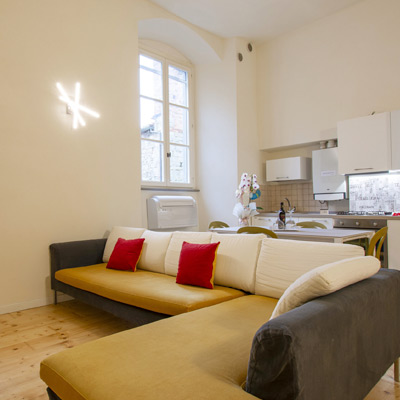Church of Sant’Andrea Apostolo
The Church of Sant’Andrea Apostolo, also known as the Pieve di Sant’Andrea, is one of the most historically significant and architecturally impressive churches in Pistoia, Tuscany, Italy. This ancient church, which serves as a vital cultural and spiritual landmark, reflects the rich historical tapestry and artistic heritage of the region.
The Church of Sant’Andrea Apostolo was originally founded in the early Christian period, with the earliest records of the church dating back to the 8th century. The term “Pieve” refers to a specific type of parish church that was historically the center of religious and community life in medieval Tuscany. Over the centuries, the church has undergone numerous renovations and expansions, which have contributed to its rich architectural and artistic legacy.
In the 11th century, significant modifications were made to the church, including the construction of a new Romanesque structure. This period marked a transformation from the earlier Christian edifice to a grand Romanesque basilica, reflecting the growing importance of Pistoia as a regional center of both commerce and culture.

The interior of the church is designed in the traditional Romanesque basilica plan, with a nave flanked by two aisles and a large apse at the end. The nave is wide and spacious, with high arches that create a sense of verticality and grandeur. The church’s layout facilitates the liturgical functions of the church and allows for large congregations during services.

Storia dei magi di Gruamonte e adeodato (1166), capitelli istoriati di maestro enrico, s. andrea della maniera di G. Pisano e leoni
The Majestic Pulpit by Giovanni Pisano
One of the most striking features of the Church of Sant’Andrea Apostolo is its stunning pulpit, created by the renowned sculptor Giovanni Pisano in the 13th century. This pulpit is a masterpiece of Gothic sculpture and serves as a prime example of Pisano’s extraordinary talent. Carved from marble, the pulpit showcases a series of intricate and vivid scenes from the life of Christ, rendered with remarkable detail and expressive power.

Map
Booking in Pistoia
Related Posts
The Museo del Novecento, located in the historic Palazzo Fabroni in Pistoia, is a dynamic cultural space dedicated to 20th-century[…]
The Fortezza di Santa Barbara, an imposing fortress in Pistoia, is a remarkable testament to the city’s rich historical and[…]
The Battistero di San Giovanni in Corte is one of the most significant religious and historical landmarks in Pistoia, Tuscany.[…]
The Palazzo del Comune, also known as the Palazzo degli Anziani, is one of the most significant historical buildings in[…]
The Church of San Giovanni Evangelista, known as San Giovanni Fuorcivitas, is a significant Romanesque complex in Pistoia’s city center.
The[…]The Cathedral of San Zeno, a historic gem in Pistoia, has roots tracing back to at least 923.
Renowned[…]




















Keep In Touch